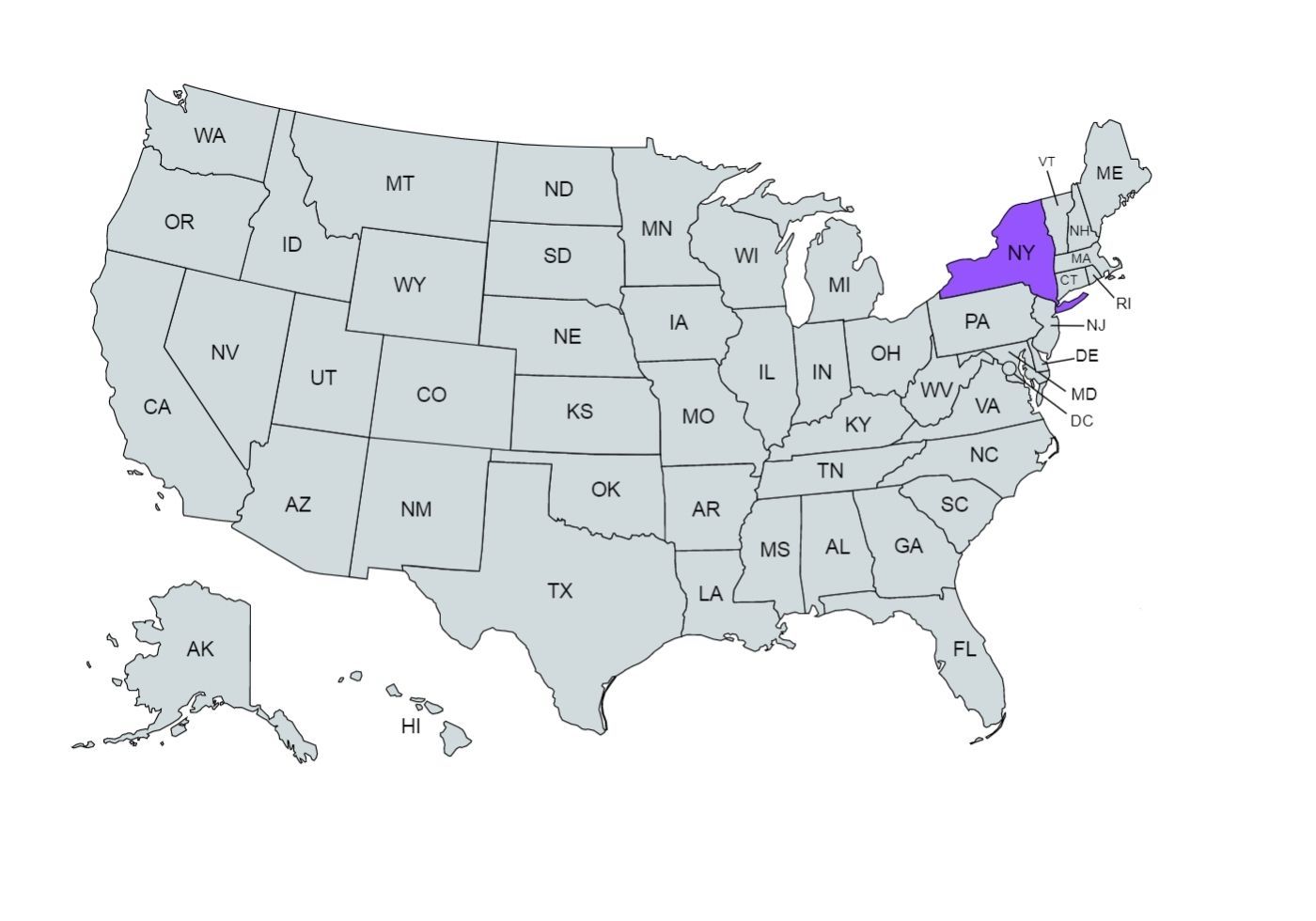NYC Paycheck Calculator: Calculate Your Net Pay
How do I figure out how much money I take home in New York?
Use our simple gross pay calculator to estimate your net or “take home” pay after taxes, as an employee in New York. The calculator helps employees estimate their paychecks for different pay periods, such as bi-weekly and semi-monthly schedules.
Paycheck Calculator
Just enter your employee wages, pay frequency (including bi-weekly or semi-monthly), and other required details to calculate taxes and net pay.
Click “Calculate Tax” to see your results. The results are calculated based on the information you provide, including pay periods and wage type.
The calculator provides an estimate of your paycheck after all taxes and deductions.
Meanwhile, get ahead with our free resources:
How Does the Paycheck Calculator Work?
Input your salary information, such as wage and pay frequency, and our tool will handle the tax calculations for you. Once you’ve filled in all the information, click the “Calculate Tax” button, and the calculator will provide an estimate of your net or “take home” pay for the specified pay period.
Overview of New York Taxes

When you start a new job in New York, you will be required to complete a Form W-4, a document crucial for calculating your paycheck’s federal income tax withholding. Employees with multiple jobs should provide this information on their W-4 to ensure correct tax withholding. Bear in mind that factors like marital status, salary, and additional withholdings will influence these taxes. Filing status options include single, married, and head of household, each affecting your tax brackets and deductions.
To manage tax bills, adjust your W-4 to withhold more taxes. You can also save on taxes by increasing contributions to retirement accounts like 401(k)s. Money placed there is pre-tax, reducing your taxable income.
Health savings accounts (HSAs) or flexible spending accounts (FSAs) can also help, allowing pre-tax payment for medical expenses. Note the $500 limit on FSA rollovers.
Aside from federal income tax, FICA taxes will be withheld from your paycheck. FICA stands for the Federal Insurance Contributions Act, which funds Social Security and Medicare programs. These FICA taxes include social security taxes (6.2%) and Medicare taxes (1.45%), and the employer matches these contributions. Both salaried employees and hourly employees are subject to these withholdings. For hourly employees, wages are calculated based on hours worked, which also determines overtime pay. Taxable wages are the portion of employee wages subject to withholding and taxation.
If you are a self-employed individual, you will be obligated to pay both the employee and employer portions, but with the deduction of the employer’s share. For earnings over $200,000, high-income employees are subject to an additional Medicare tax of 0.9%, which is not matched by the employer.
Employers are required to pay taxes and withhold pay income tax from employee wages, ensuring compliance with federal, state, and local tax laws. Employees must pay taxes through these withholdings.
Tax burdens in New York depend on your location. NYC residents encounter a higher tax load due to local income tax. Locale information, such as whether you live in New York City or Westchester Counties, affects withholding calculations and wage standards. The state’s progressive system uses tax brackets, with eight brackets and rates ranging from 4% to 10.9%. The top rate applies to incomes over $25,000,000.
NYC taxpayers pay local income tax alongside state taxes, following a progressive structure. Rates differ by filing status and income level.
New York's state-specific rules include programs such as New York's Family Leave Insurance. New York's family leave insurance (also known as York's Family Leave Insurance) provides paid leave for employees to care for family members or their own health condition. Family leave insurance rates and requirements are important for both employees and employers. Other states with similar policies include Rhode Island and West Virginia.
Despite New York’s high taxes, it’s important to factor them into your budget, especially if you are a homeowner. Consider consulting a financial advisor to align taxes with your financial goals.
Median Household Income in New York
Salary in each state is typically based off the cost of living. While salaries vary widely based on position, the median household income in your state can give you a glimpse at the average salary a household is earning in your region.
- Understand your deductions
- Research tax-saving strategies
- Make the most of your employee benefits
- Create a budget and set financial goals
- Consider overtime and bonuses
- Routinely check for paycheck errors
Pay Stub Information and Errors
A pay stub is a vital document that accompanies your paycheck, providing a detailed breakdown of your earnings, tax withholdings, and deductions. In New York, reviewing your pay stub is essential to ensure you’re being paid correctly and that all federal, state, and local income taxes are accurately withheld.
Your pay stub should clearly display your gross pay (total earnings before deductions), net pay (take home pay after all taxes and deductions), and a list of tax withholdings.
This includes federal income tax, state income tax, local income taxes (such as New York City or Yonkers taxes), and FICA taxes—covering both Social Security and Medicare taxes as required by the Federal Insurance Contributions Act.
You’ll also see any pre-tax contributions, like retirement plan deductions, and post-tax deductions, such as health insurance premiums.
It’s important to check your pay stub for common errors, such as an incorrect hourly wage, annual salary, or miscalculated tax withholdings.
Mistakes in federal income tax withholding, state income taxes, or local taxes can impact your net pay and may lead to issues with your tax filings. Make sure that your pay stub accurately reflects your filing status, federal allowances, and any additional withholding you may have requested.
To verify your take home pay, you can use a salary paycheck calculator or a free paycheck calculator to estimate what your net pay should be for each pay period.
Compare this estimate to your actual pay stub to catch any discrepancies early. If you notice errors—such as missing deductions, incorrect FICA taxes, or inaccurate state or local income tax withholding—contact your employer’s HR department promptly. New York requires employers to provide accurate pay stubs and to correct any mistakes in pay or tax withholding.
Keeping your pay stubs is also important for record-keeping, tax filing, and resolving any disputes about your pay or tax deductions. Your pay stub is a key tool for understanding how your gross pay is calculated, how much is withheld for taxes, and what deductions are being made from your paycheck.
By regularly reviewing your pay stubs, you can ensure you’re being paid correctly and that all federal, state, and local tax obligations are met.
